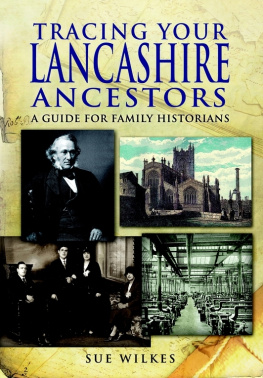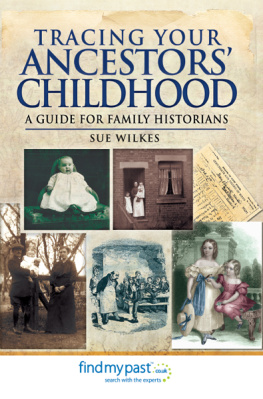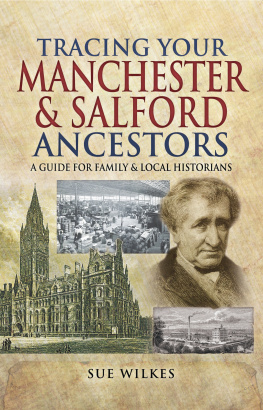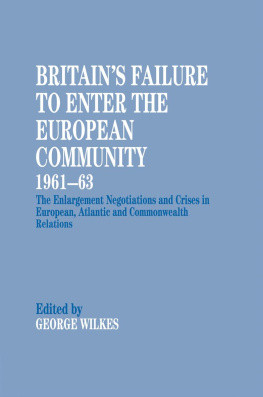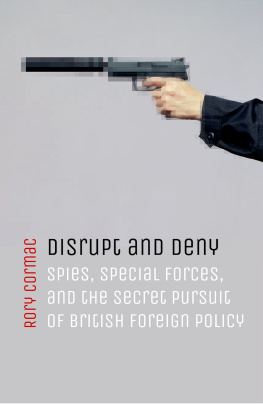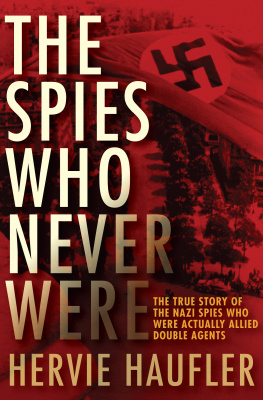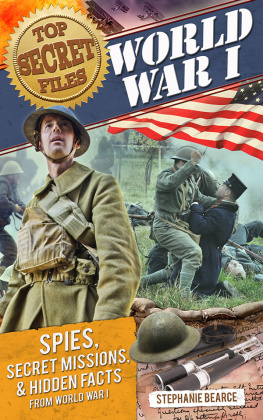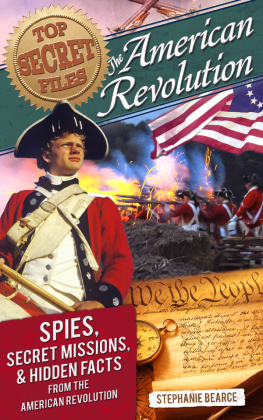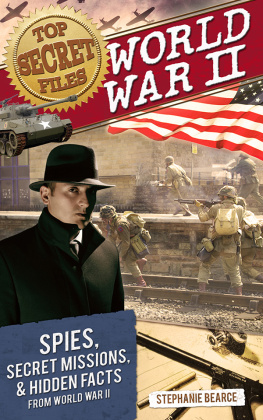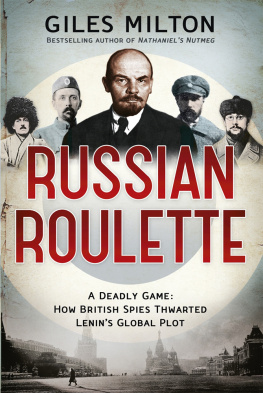For Nigel, Lizzie and Gareth
First published in Great Britain in 2015 by
Pen & Sword History
an imprint of
Pen & Sword Books Ltd
47 Church Street
Barnsley
South Yorkshire
S70 2AS
Copyright Sue Wilkes 2015
ISBN: 978 1 78340 061 4
PDF ISBN: 978 1 47387 840 2
EPUB ISBN: 978 1 47387 839 6
PRC ISBN: 978 1 47387 838 9
The right of Sue Wilkes to be identified as the Author of this Work has been asserted by her in accordance with the Copyright, Designs and Patents Act 1988.
A CIP catalogue record for this book is available from the British Library
All rights reserved. No part of this book may be reproduced or transmitted in any form or by any means, electronic or mechanical including photocopying, recording or by any information storage and retrieval system, without permission from the Publisher in writing.
Typeset in Ehrhardt by
Mac Style Ltd, Bridlington, East Yorkshire
Printed and bound in the UK by CPI Group (UK) Ltd,
Croydon, CRO 4YY
Pen & Sword Books Ltd incorporates the imprints of Pen & Sword Archaeology, Atlas, Aviation, Battleground, Discovery, Family History, History, Maritime, Military, Naval, Politics, Railways, Select, Transport, True Crime, and Fiction, Frontline Books, Leo Cooper, Praetorian Press, Seaforth Publishing and Wharncliffe.
For a complete list of Pen & Sword titles please contact
PEN & SWORD BOOKS LIMITED
47 Church Street, Barnsley, South Yorkshire, S70 2AS, England
E-mail:
Website: www.pen-and-sword.co.uk
Contents
Acknowledgements
I have many people to thank for their help and encouragement. I am extremely grateful to Eloise Hansen, Michelle Higgs, Simon Fowler, Jen Newby, and Roy and Lesley Adkins.
I would like to thank the Library of Congresss Head of Reference Section, Prints and Photographs Division, Barbara Natanson, for her help regarding illustrations, Graeme Siddall, the Archive and Heritage Assistant at Sheffield City Council, Libraries Archives and Information, and Lynette Cawthra, Library Manager at the Working Class Movement Library.
Quotations from the 4th Earl Fitzwilliam papers, WWM/F (Wentworth Woodhouse) are reproduced by kind permission from The Milton (Peterborough) Estates Company and the Director of Communities, Sheffield City Council. (The Wentworth Woodhouse papers have been accepted in lieu of Inheritance Tax by HM Government and allocated to Sheffield City Council).
Any errors are the authors own. Every effort has been made to trace copyright holders for images used in this work. The publishers welcome information on any attributions which may have been omitted.
Last but not least, I must thank my husband Nigel, and my children Elizabeth and Gareth, for their help and support as I disappeared for several months into Regency times yet again.
Abbreviations
LCS | London Corresponding Society |
SCCLAI | Sheffield City Council, Libraries Archives and Information |
SSCI | Sheffield Society for Constitutional Information |
SCI | Society of Constitutional Information |
UE | United Englishmen |
UI | United Irishmen |
WCML | Working Class Movement Library |
Introduction
Friar-Gate Gaol, Derby
Friday, 7 November 1817: 11.45 am
For Jeremiah Brandreth, William Turner and Isaac Ludlam, time is running out
Several thousand people are crammed into the street outside the county gaol. Special constables surround a newly-erected scaffold and gallows of ingenious design, from which all three men will hang simultaneously. Sheriffs officials on horseback, armed with javelins, line the back of the scaffold; dragoons are stationed at both ends of the street. No-one knows if there will be a last-minute rescue attempt.
The doomed men wait to mount the scaffold and suffer the ultimate penalty for high treason. Jerry Brandreth, the so-called Nottingham Captain, stares coolly at the immense crowd. He declares in a loud, firm voice, God be with you all, and Lord Castlereagh too! Jerry stands quietly, resolutely, as the executioner removes the black silk handkerchief from around his neck and replaces it with a noose.
William Turner is next. As the rope slips around his neck, he shouts: This is all Oliver and the government! The Lord have mercy on my soul!The prison chaplain swiftly interrupts and positions himself between the two prisoners and the crowd. The authorities dare not risk any more political controversy.
Isaac Ludlam is last to climb the scaffold. His final moments seem to be spent in fervent prayer, but the chaplain prays so loudly that the traitors voice cannot be heard by the crowd. After the prisoners have recited the Lords Prayer, the executioner places a cap over each mans head.
At 12.35 pm the men are hanged. Brandreth and Turners sufferings are soon over, but Ludlam kicks and struggles for several minutes before his body grows still. The three men are left dangling for half an hour to ensure thatlife is extinct; then the executioner fetches two axes and two knives. He cuts down Brandreth, removes the cap from his head, and puts his body on a block; a basket is placed beneath Jerrys head. The hangman tries to sever the head with his axe, but uses insufficient force. The crowd jeers and groans with horror. The hangmans assistant finishes off the grisly task with a knife and Jerrys head drops into the waiting basket.
The hangman picks up the blood-smeared head by its hair and shows it to the multitude: Behold the head of the traitor Jeremiah Brandreth! The crowd screams and scatters; some dragoons draw their swords. But the people melt away without incident. Few wait to see the hangman perform the same ghastly ritual with Turner and Ludlam.
This is all Oliver and the government! William Turners last words referred to Oliver just one member of the British governments shadowy network of spies and informers who kept watch on the nations underprivileged masses during the late Georgian era.
At that time Britain was under threat at home and abroad. The French Revolution of 1789 shook the world. The crowned heads of Europe no longer slept soundly in their beds following the overthrow and grisly execution of Louis XVI and his wife Marie Antoinette. Frances new rulers purged the nation of aristocrats and political enemies in a deadly Reign of Terror. The French nations church, constitution and state were overturned, and even the days and months of the calendar were rewritten.
Frances blood-soaked Revolution was fuelled by social injustice. In Britain, too, there was a huge gulf between rich and poor. The Prince of Wales received 60,000 per year from the Civil List in 1798, while a Stockport cotton weaver earned about 56 annually. Dissenters and Roman Catholics faced stringent restrictions on their education and employment and were forbidden to hold public office. In Ireland the (mainly Catholic) peasantry suffered appalling hardships under British rule.
Memories of the 1780 Gordon Riots still loomed large in peoples minds; London had burned and King Mob rampaged for several days, following an attempt to ease restrictions on Roman Catholics. The lower orders feared a return to the days of absolute monarchy; economic hardship also played a part in their anger.
The government was determined to ensure that no revolution would take place in Britain. Even moderate, peaceful reformers were regarded by the authorities as potential rebels. One experienced London magistrate labelled local debating societies as vehicles of sedition. Any hint of political dissent was ruthlessly suppressed.



